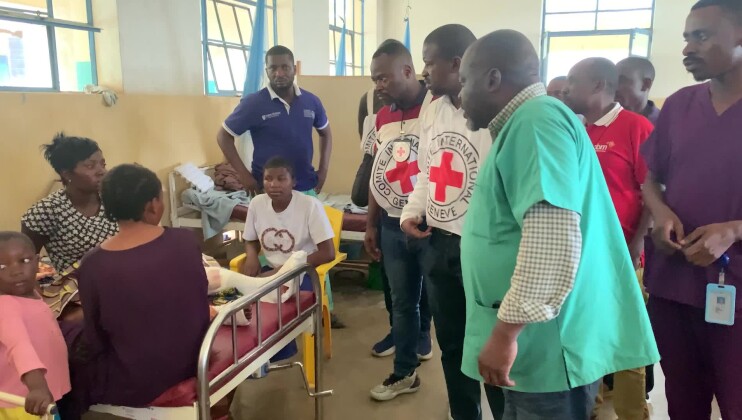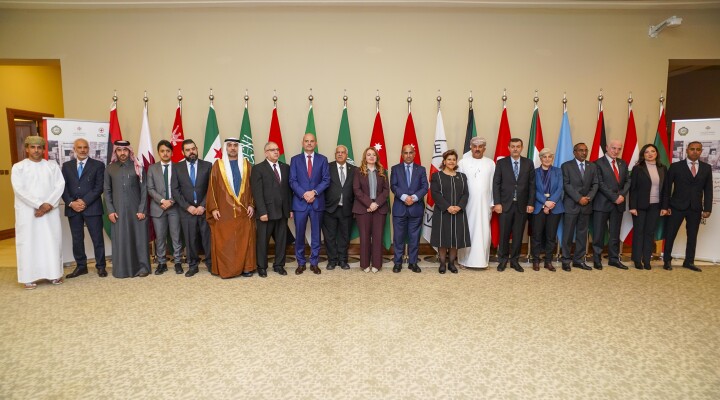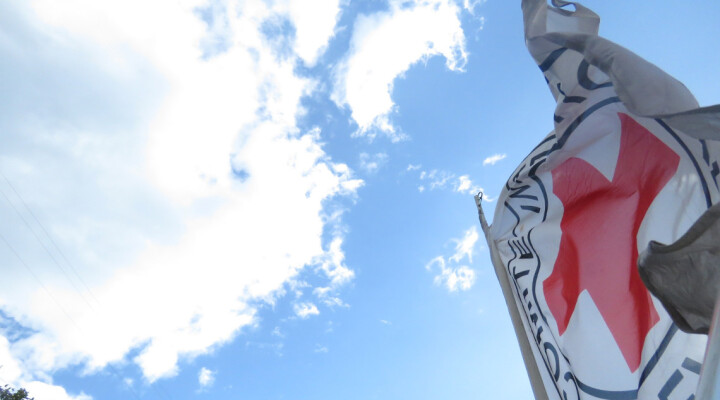Eastern Chad: Thousands of new Sudanese refugees pour into Eastern Chad daily, humanitarian actors struggle to keep up
Thousands of Sudanese refugees have arrived in the border town of Tiné in Eastern Chad since fighting escalated in the neighboring Darfur in mid-April. The overwhelming majority of people fleeing armed violence are women and children coming from large Sudanese camps for displaced people called Zamzam and Tawila, where living conditions were already dire.
“On the road we were thirsty, we suffered,” said Ardjoune Oumda Yahya, a Sudanese mother of eight who arrived from Zamzam. An exhausting and dangerous journey has taken the family nearly two weeks. “This morning, we found a little sugar and we had tea. And since then, we have been sitting in the sun. We haven’t eaten anything yet.”
Thousands of vulnerable families sleep in the open with little improvised shelter under the scorching sun, as daily temperatures reach above 40°C. Refugees who lost everything urgently need food, water, and shelter, as humanitarian agencies run against the clock to respond to the massive influx. Funding constraints have undermined the task.
“This is the only water point here and, according to the available statistics, there are more than 8,000 people at this site,” said Allaramadji Dounia, a water engineer at the International Committee of the Red Cross (ICRC) working at the transit site. “One or two weeks from now, this number could double or triple.”
People arrive deeply traumatized, reporting violence, including sexual violence, and almost every family has lost contact with a loved one left behind or lost on the way. Having no information about the whereabouts of family members adds to severe mental distress.
“Some of the children were left behind, and they haven’t arrived yet. The war separated us. We don’t even know where they are,” said Khadija Adam Youssouf, a Sudanese refugee at the displacement site of Tiné.
The ICRC is working with the Red Cross Society of Chad to respond to the most pressing needs, including water, shelter, psycho-social support, free phone calls, and internet services, enabling separated families to reconnect with their loved ones.
For further information please contact:
Alyona Synenko, ICRC Nairobi, +, asynenko@icrc.org
Follow the ICRC on facebook.com/icrc and twitter.com/icrc
LOGLIST
|
Production Number |
|
|
On-screen credit |
ICRC |
|
Shooting date |
08.05.25 |
|
Country/Location |
Chad, Tiné (border area with Sudan) |
|
Language |
French, Arabic |
|
Producer |
Alyona Synenko, Abakar Oumar Cherif |
|
Cameraperson |
Alyona Synenko |
|
Copyright / Details of restriction if applicable |
ICRC |



